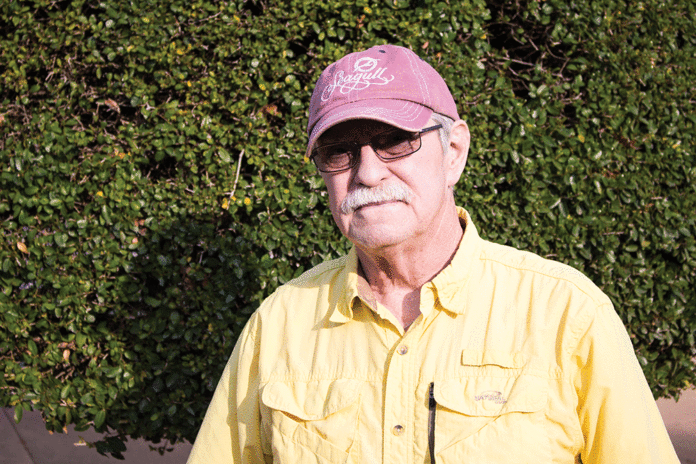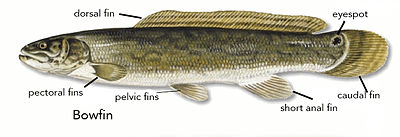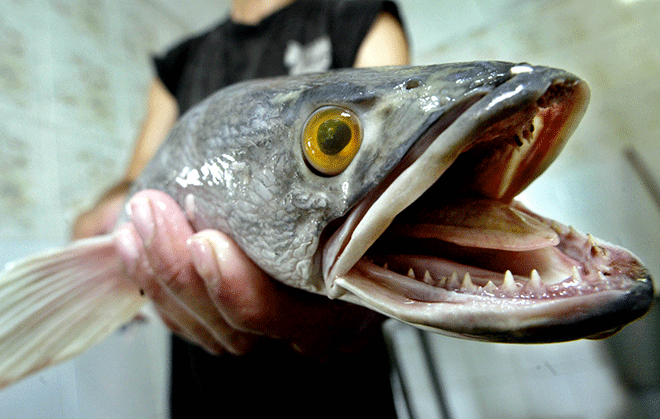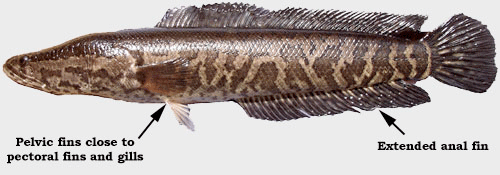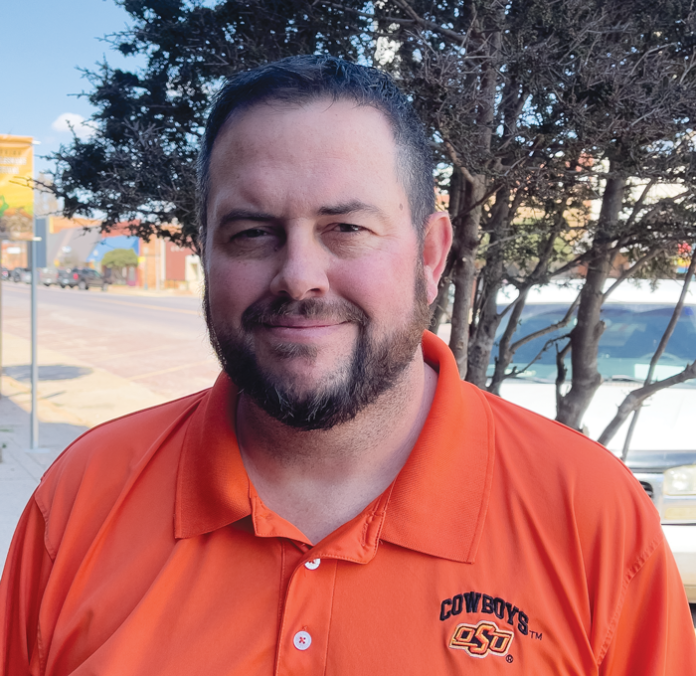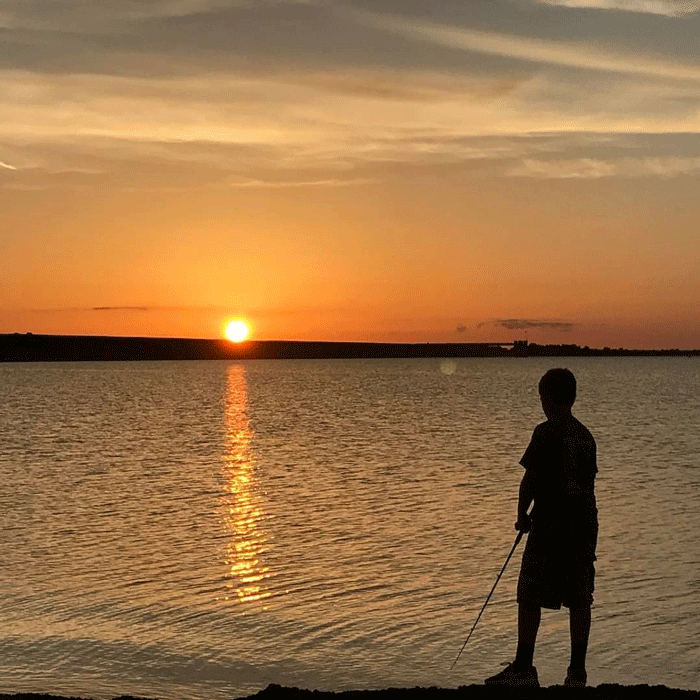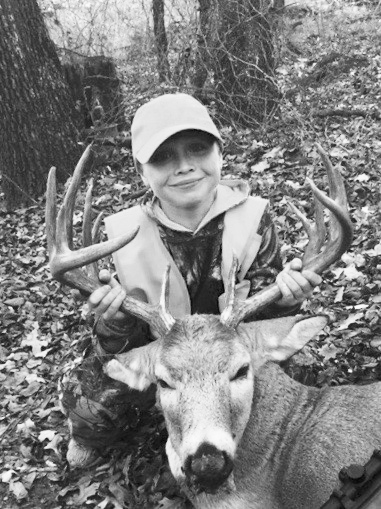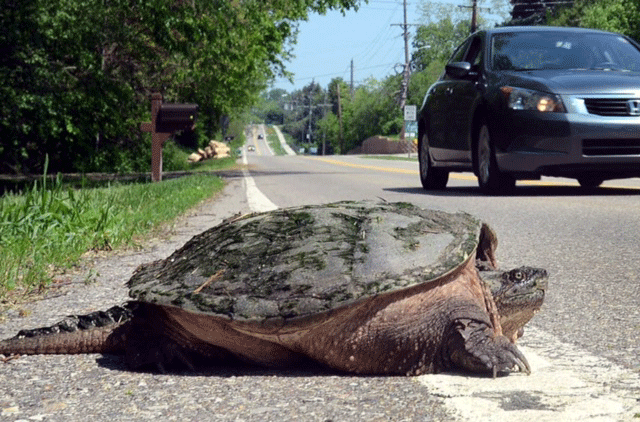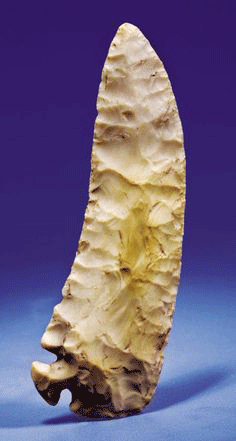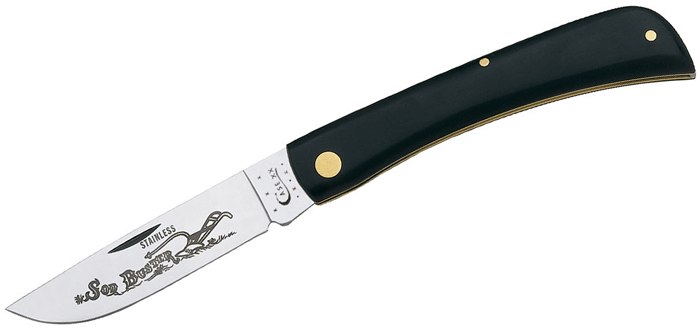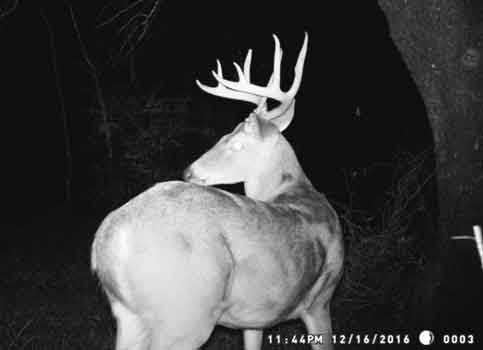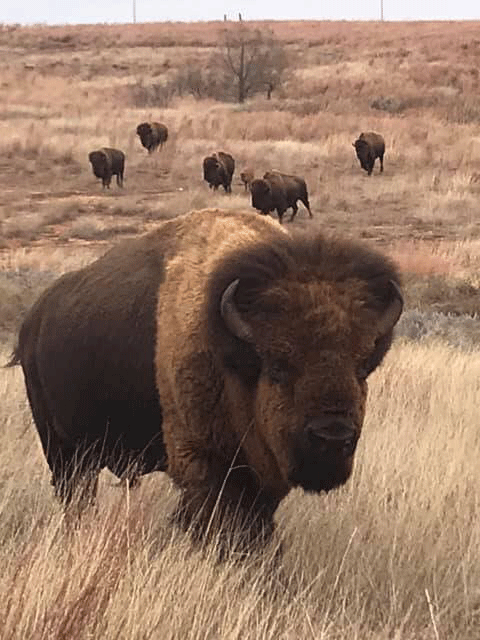WASHINGTON – This week, U.S. Sen. Jim Inhofe (R-Okla.), senior member of the Environment and Public Works (EPW) Committee, questioned witnesses at a hearing on the Water Resource Development Act Oversight: USACE Implementation of Water Infrastructure Projects, Programs and Priorities.
Witnesses included: the Honorable Michael Connor, Assistant Secretary of the Army for Civil Works, and Lieutenant General Scott Spellmon, Chief of Engineers and Commanding General of the United States Army Corps of Engineers.
Inhofe: First, let me thank Senator Capito for allowing me to take place in this order. I have had occasion to spend some time with both the gentlemen, Spellmon and Michael Connor, and we are in agreement about so many different things; it’s so important for my state of Oklahoma. I have to share with the rest of the people here about how serious of a flood that we had in 2019. The only ammunition we had at that time was the Tulsa Levee and West Tulsa Levee system. Now, this actually was at a time, it was put together, it was actually when I was four years old. It far exceeded its service life. So, we had the levee system. And when our flood came, in 2019, more people – professionals – believed that we were going to be breaking the levee and really having a disastrous situation. It did perform, and I can remember actually being personally down there when the water was coming through, and nobody thought that it was going to be able to hold. We put in emergency things right after that, and now, we are in a situation that certainly Secretary Connor is familiar with as something that is serious, and I know you are aware of the seriousness of this thing. So, we have this levee system, and we are hoping and doing everything we can to ensure that we are going to be able to hold this out in the event of another one. It was a close call, a very close call.
The other thing I wanted to make sure I had time to mention is our MKARNS. You know people don’t realize that we are navigable in Oklahoma. We are the most inland navigable system in the country, and it’s something that people don’t realize. We have more miles of fresh-water shoreline than any other of the 50 states. Now, there’s a reason for that. Because ours are all man-made lakes. Man-made lakes give you a lot of shoreline because they have a dam down and they go across a lot of it. People are not aware, but that is something serious. The other thing that is of concern is that we are navigable in terms of having the capability to take care of the things we need. For example, our navigation way coming to the state of Oklahoma is 98 percent 12-foot channel. That means that we have two percent that’s not a 12-foot channel; it’s a 9-foot channel. That’s one of the things that’s been on our list for a long period of time. It’s been authorized, and I just want to make sure that I take this opportunity, Mr. Connor, reminding you of what you and I have talked about before and the seriousness of what we are facing now with these two projects. One being, of course, the levee system; that it would hold up for not another hundred years, but start working immediately with top priority. I believe that it has that along with the deepening of the MKARNS.
Would you share your thoughts on those two projects?
Connor: Senator Inhofe, thank you for the conversations regarding these projects and the ongoing dialogue. I think they represent two very high priority aspects of the overall Army Corps of Engineers program. That is, obviously, in respect to the levees, our need to maintain, rehabilitate and do any new construction with an eye towards resilience; particularly given the 2019 flooding situations. We know what extreme events can bring, and so that brings a focus to move forward with your project in west Tulsa. The inland waterways issue with the 12-foot navigation channel, I think I remember during my confirmation process, I mentioned that I had done some background in preparation for talking with you. I saw the Port of Tulsa, and I was really was taken aback at the Port of Tulsa. My first trip out of the box here was on the Mississippi River, Illinois River, seeing the dam and locks system and talking with the folks involved in our navigable inland waterways and moving commerce on that system and the need for reliability, the benefits that exist from efficient delivery, arguably, and our need to maintain and improve that system so that it continues to be an important part of our commerce system. Part and parcel, that’s one of our priorities is shoring up the supply chain, and so from that standpoint, I am with you in the importance of those projects, sir.
Inhofe: And I appreciate that very much. The last thing I would mention is on our lakes development. I never knew why it was this way, but it always seems that they were concerned with navigation and flood control but not recreation. We have so many great opportunities for recreation, and that is something that we are looking at for the first time. I actually, I was chairman, I guess, of this committee during the ’07 WRDA legislation. We made some advancement at that time and again in 2020, but I would like to say that we have all changed in our priorities on the lake system that we have. We recognize that recreation is a very important opportunity for us in our state of Oklahoma. I would hope that you would agree that that is an area that we need to concentrate on for everyone’s benefit.
Connor: Absolutely, Senator. I have a long history at the Interior Department. I was glad to hear when I came over in this position that we have more campgrounds in the Army Corps of Engineers program than the National Parks Service. I understand the importance of that, particularly during the pandemic. We’ve seen how people have gone to recreate in federal facilities outdoors. It’s an important part of the portfolio because it serves those communities in which we exist.
Inhofe: Well, I appreciate that and thank you, Senator Capito.








